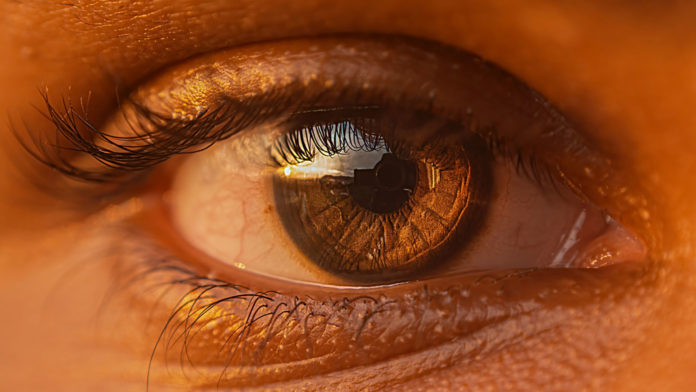The fovea is an important part of the eye that enables the sharpest vision. It’s a 1.5 mm wide structure near the centre of the retina — a thin sheet of cells that sense light. Whenever seeing visual detail is important, such when we are reading, we constantly shift our gaze so that light from the area we need to see sharply falls on the fovea.
So when there are abnormalities in the fovea, sharp and central vision is compromised. What if there was a way to re-train eye movements to use another healthy part of the retina instead?
Monica Daibert-Nido is a clinician-investigator at the Low Vision Rehabilitation Clinic at the Donald K. Johnson Eye Institute, part of Toronto’s University Health Network and a world leader in vision research and clinical care. Through rehabilitation she and her team helped an 11-year-old patient regain 20/20 vision. Their case study was published in Arquivos Brasileiros de Oftalmologia.
Zaid Syeed was diagnosed with foveal hypoplasia, a condition where his fovea didn’t fully develop. He struggled with reading small text or seeing the whiteboard in class, even when he wore his glasses. His vision was deteriorating, and he was told he would never have 20/20 vision.
Daibert-Nido recommended biofeedback training, a strategy she previously used to treat a different visual condition called age-related macular degeneration. It’s a rehabilitation method that uses light and sound to train a patient’s attention and oculomotor control. This is important because without it, patients can struggle to steady their gaze. This was true in Syeed’s case, where his eyes would jerk around in uncontrolled movements called nystagmus.
To re-train his vision, Daibert-Nido used a microperimeter, an instrument that can track and record eye movements and project light of varying intensities onto targeted locations on the retina. These instruments can be used to find zones on the retina with good sensitivity that are potential alternatives to the abnormal fovea.
Once a target was selected, Syeed attended biofeedback sessions for four weeks. During these sessions, he looked into a microperimeter to train him to fixate his gaze. Each session included four attempts of 5-10 minutes, where he would try to follow a light with his eyes while the instrument provided audio signals to guide him to direct that light to the target.
He was able to achieve more stable fixation of his gaze, with smaller nystagmus movements and better vision. The researchers believe his young age helped with this successful outcome.
After the training sessions were over, Syeed was able to read faster and see letters on the whiteboard. He still needs to wear glasses, but they can now correct his vision to 20/20. A year later, these benefits have persisted, and the authors believe this is the first case with long-term benefits to be reported in the literature.
This is a big win for pediatric patients with similar conditions.
“I want to say to all the kids who also have similar low vision conditions not to be afraid,” said Syeed in a press release. “Everything is going to be okay.”





































